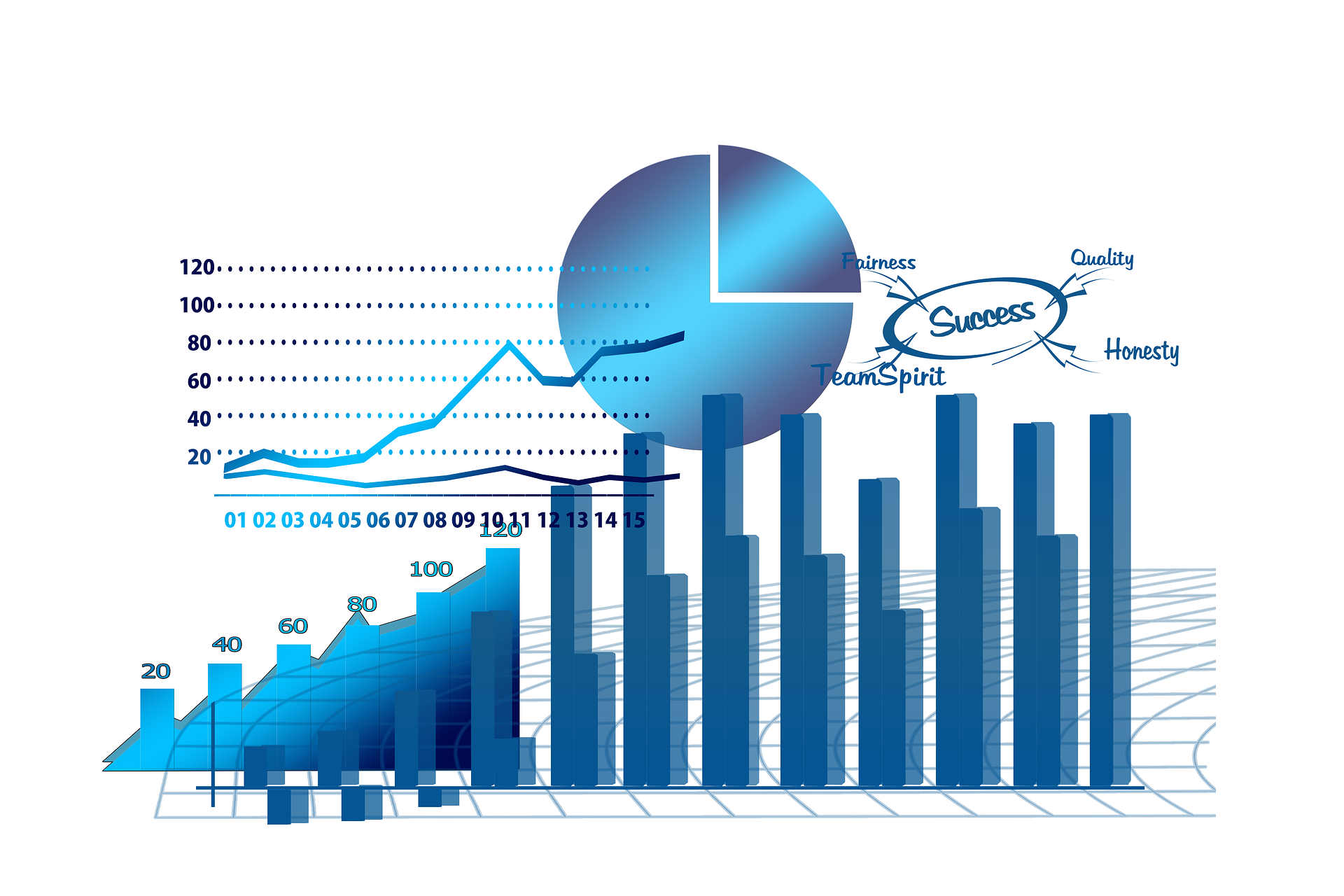
Staying competitive and expanding market share require more than just keeping up with technology trends. Advancing digital commerce demands a work environment that fosters innovation, embraces change, and allows for agile decision-making. Businesses that are able to create such an environment can unleash the full potential of their teams and achieve optimal digital performance. In this blog, we will explore the art of mastering innovation and delve into the strategies and practices that can help organizations create an agile work environment for sustained success in the digital age. The key objective is to unlock creativity, promote collaboration, and drive innovation at every level of your organization.
Agile Methodologies in Practice
Agile methodologies emphasize iterative development and continuous feedback, enabling more adaptive project management. By leveraging Agile, teams can swiftly respond to changes and deliver incremental improvements to products. Widely adopted practices like Scrum and Kanban significantly enhance collaboration and efficiency. Dynamic communication and collaboration among team members are encouraged to ensure alignment and transparency, making Agile a cornerstone for fostering an innovative and responsive work environment.
Scrum and Kanban Frameworks
Scrum and Kanban frameworks both aim to improve workflow efficiency and team collaboration in distinct yet complementary ways. Scrum is based on time-boxed iterations called sprints, allowing teams to focus on specific goals within a set timeframe, whereas Kanban focuses on continuous flow and visualizing work to streamline processes. Emphasizing roles, processes, and deliverables, Scrum manages complex projects through structured practices, while Kanban offers a more flexible approach with no required roles, making it adaptable to varying team needs. Widely adopted in Agile methodologies, both frameworks can be customized to suit different project requirements and team dynamics, ensuring optimal performance and innovation.
Adaptive Planning Techniques
Adaptive planning techniques involve continuous feedback loops to adjust strategies in real-time, ensuring that teams remain flexible and responsive to changing environments and data. Emphasizing adaptability, these techniques often incorporate scenario planning to prepare for multiple potential future states, thereby enhancing preparedness and resilience. Leveraging technology and data analytics, adaptive planning enables more informed and agile decision-making processes. By anticipating shifts and adjusting plans accordingly, organizations can maintain a competitive edge and drive sustained innovation in an ever-evolving digital landscape.








